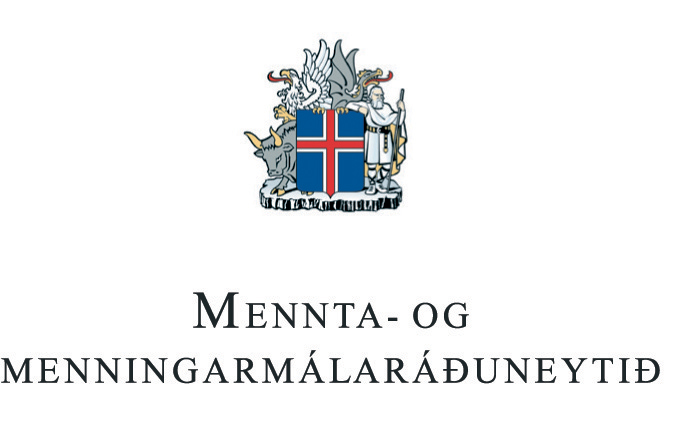The CALMUS Brain
The core of CALMUS is the composing brain that is based on Artificial Intelligence. It has no interface but is remotely controlled through UDP and TCP. It composes music and delivers the result in real-time. It is written in pure LISP code – without an interface – and can therefor be operated in any platform.
Algorithms
CALMUS is based on a set of algorithmic methods that are linked together in a greater hierarchy, formed to create and manipulate musical material. The structure and the basic material is usually constructed and selected by the user but the programme can, at a certain level, compose the material object. The time and register positioning of the musical objects is done manually by the user.
It is technically a rather simple procedure but the evaluation of the overall musical result of the objects, such as sonority, colour, density, and the overall development within the object, can be so complex that it may be too difficult to evaluate it in the composition's generation process.
The programme deals only with the musical object of the composition, i.e. is the basis if its structure. It does not evaluate the the final sonority of the object but the time and register positioning of tones and events in objects of the composition.
The CALMUS Hierarchy
A composition in CALMUS is built up with musical objects.
A musical object in CALMUS is constructed with material objects such as melodic cells and controlling chords (Model Chords) for the harmony, etc.
Harmony is controlled from given controlling or model chords.
The form of the composition is created out of the hierarchy or the super-structure of all musical objects in the composition and the textural relation between them.
The texture of the object is determined by the type of polyphony, type, and amount of melodies within an object and their development.
The textural development is controlled with steering shapes, various kinds of Taboos, linear development of each component, and harmonic progression.
Concepts
Polyphony
INDIVIDUAL VOICES
As the name suggests, all voices are melodically independent but they can be harmonically connected.
HORIZONTAL-VERTICAL VOICES
Inheriting its name from the syntax of a method frequently used in Twelve-Tone Music, this method is called horizontal-vertical disposition.
HOMOPHONIC VOICES
All voices share the same attack time points as the first melody. The voices can also have a harmonic connection, as in the first method.
CANON VOICES
Deriving its name from its polyphonic functionality, in using this method CALMUS will create a canon type texture where the voices share the same or similar arguments, resembling at a certain level the texture of the traditional canonic polyphony.
Melodic Cell Construction
1. A single melody line is constructed out of a cell.
2. A cell is constructed of tones
3. A tone is constructed of four components:
a) pitch
b) attack time point
c) duration time
d) dynamics (velocity).
Scales
Each melody can be constructed with a different scale. CALMUS offers a variety of scales to use.
Musical Objects
A musical object is a musical segment which is defined in both time and pitch. It consists of tones that can be either or both melodically and harmonically connected and can contain as many melodies as needed. A composition can contain as many objects as necessary for a composition.
Functions
To personalize the compositions in CALMUS, it´s users can interfere by choosing different
- scales
- algorithms
- musical object
- melodic cell
- polyphony










